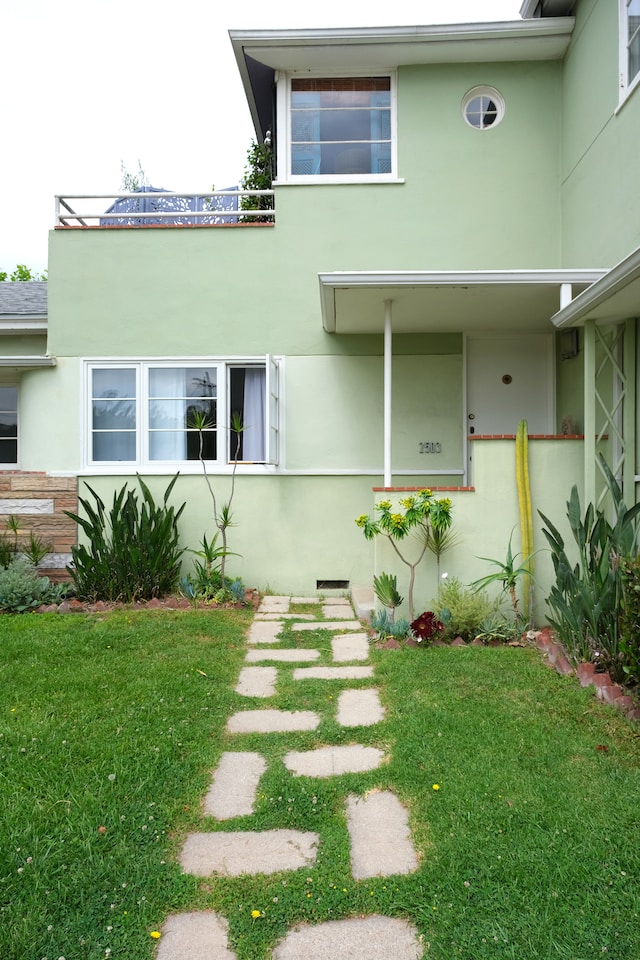There are many options to choose from when you are rendering the external walls of your house. And two of the popular options you will come across are acrylic and cement render. They are both durable and have a pleasing appearance but they are different when it comes to application, composition and performance.
You can choose different rendering products Melbourne online and contact the supplier to learn more about the differences between brands and manufacturers. Acrylic render is made from a blend of acrylic polymers, additives and sand. There are certain benefits you can gain from this over traditional cement render such as its water resistance and flexibility. Acrylic render is well known for its elasticity and flexibility. It can expand and contract when humidity and temperature changes without being subjected to warping or cracking. You can use these on exterior walls that are prone to movement such as lightweight construction or timber structures. Also, as it is highly water resistant, you can use it if you are located in an area that has high exposure to moisture. If your location has a wet climate or you live in the coastal region, the water resistant properties of acrylic render can be very beneficial in protecting the underlying substrate from damage. This can prevent mould, milder and efflorescence.

Acrylic render is also quite durable and long lasting.
It will bond securely to so many different substrates such as fibre cement, concrete, masonry and brick. It is also quite versatile and you can find it in different textures, finishes and colours which can expand the design possibilities available to you. You can have smooth, patterned, textured finishes with this depending on your preferences. Cement render is a mixture of sand, cement and water and this has been used for a very long time. It is well known for its strength and durability. You can use this on walls that may be subjected to abrasion or impact. As this has a dense composition, you can use it in high traffic areas. You can also use it in walls where you need additional structural support. This differs from acrylic render as it allows the underlying substrate to breathe and release water vapour. This can prevent the build-up of moisture and allow any moisture trapped within to escape.

Compared to acrylic render,
Cement render is more cost-effective and therefore used quite widely in large scale projects that have a controlled budget. The material and labour costs are lower in comparison. You can create smooth or textured finishes with cement render but it is limited in design option when you compare it with acrylic render. A longer curing time is required for cement render as it depends on the hydration process to harden. And the duration can vary depending on environmental conditions. You have to consider your climate and environmental conditions when choosing the right render system. Also, the type and condition of the substrate should be considered. The render has to be compatible with this.






